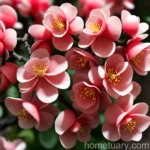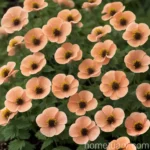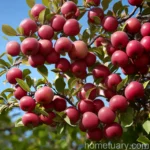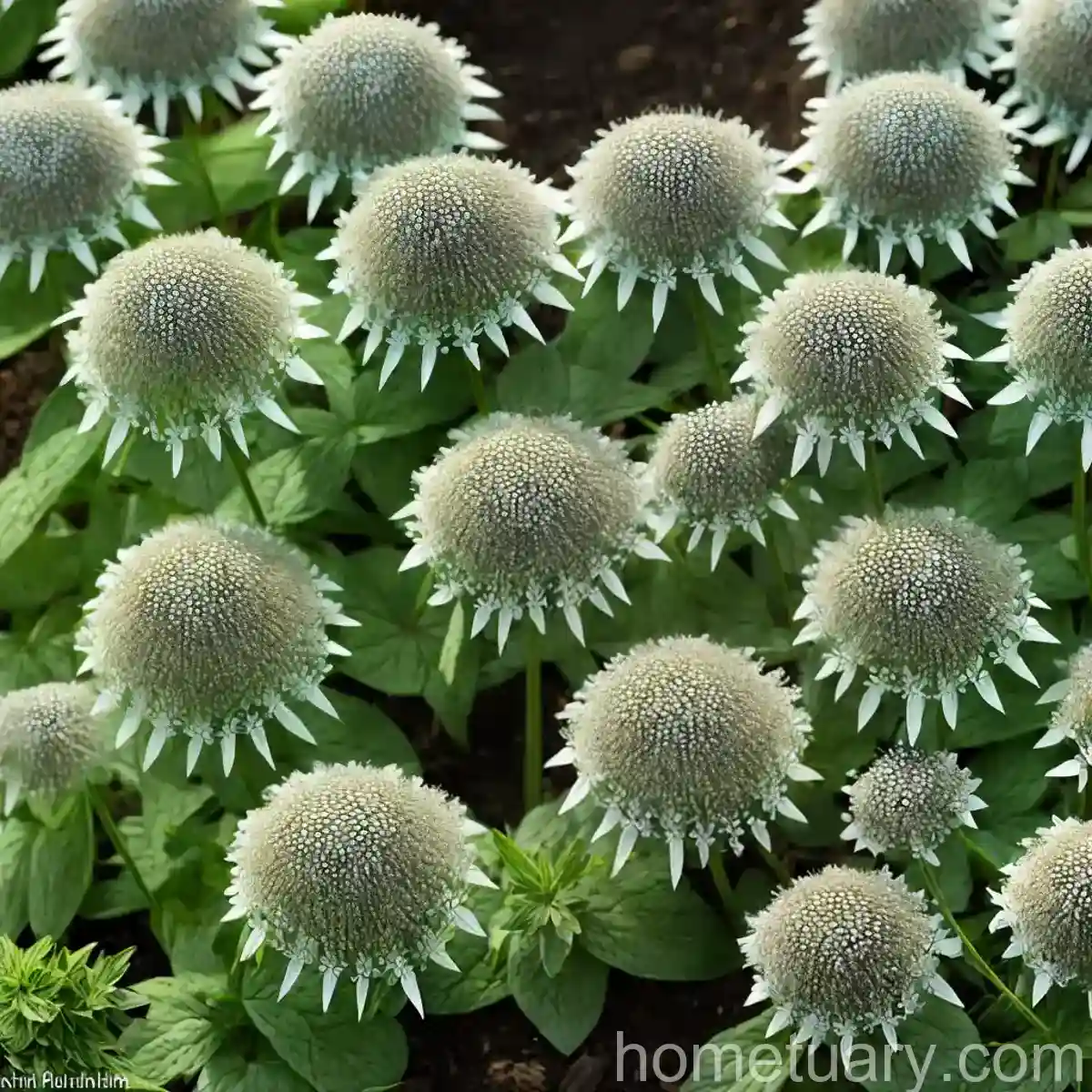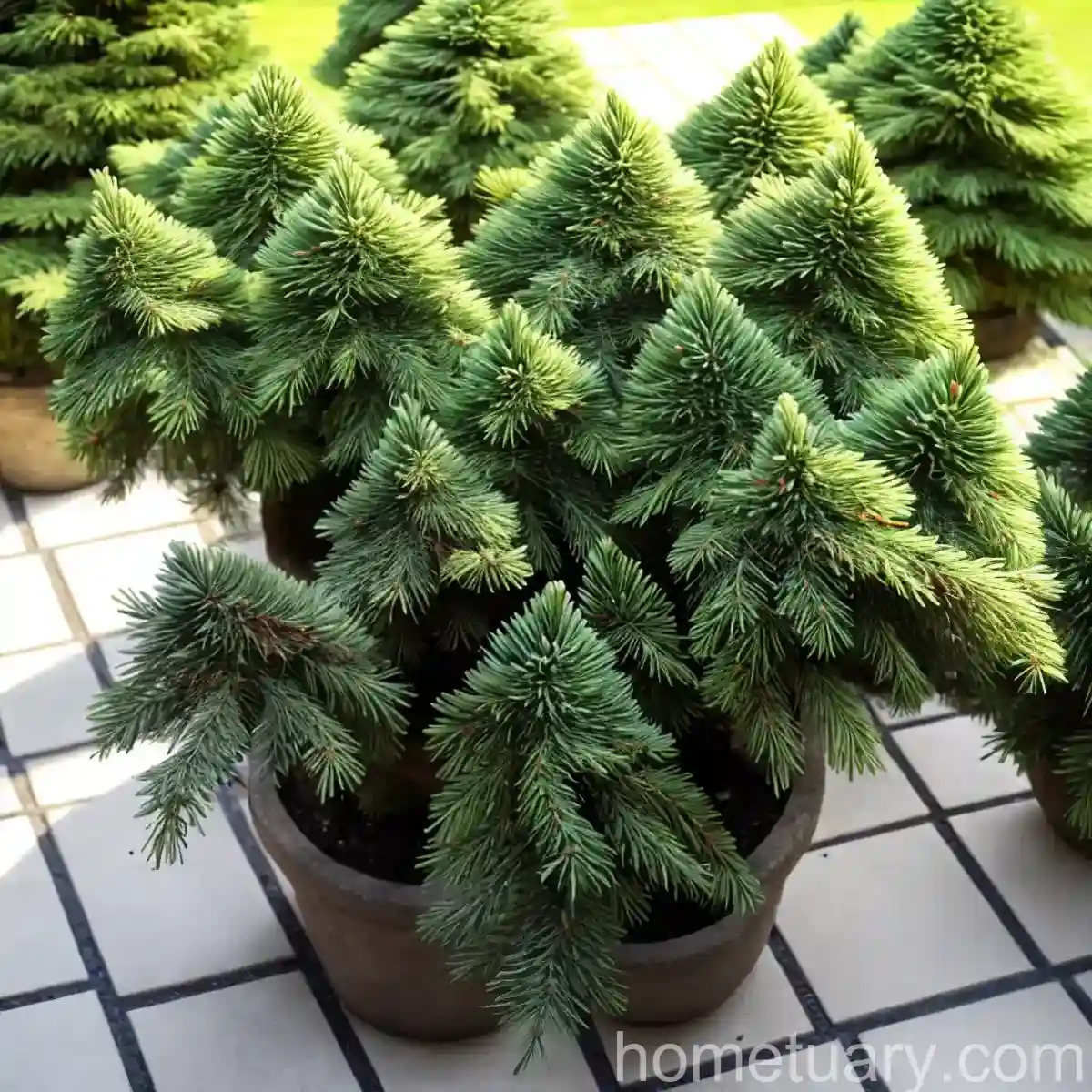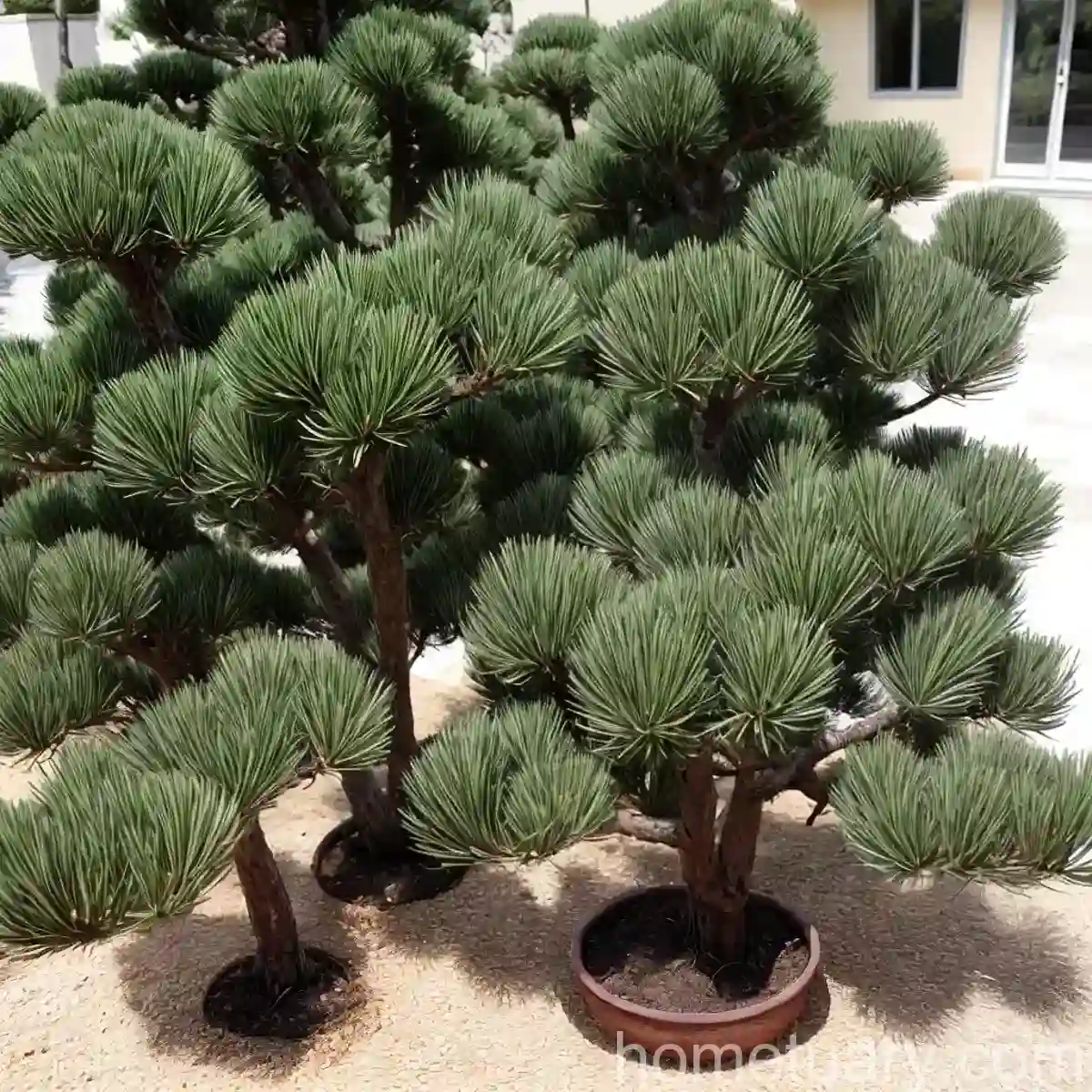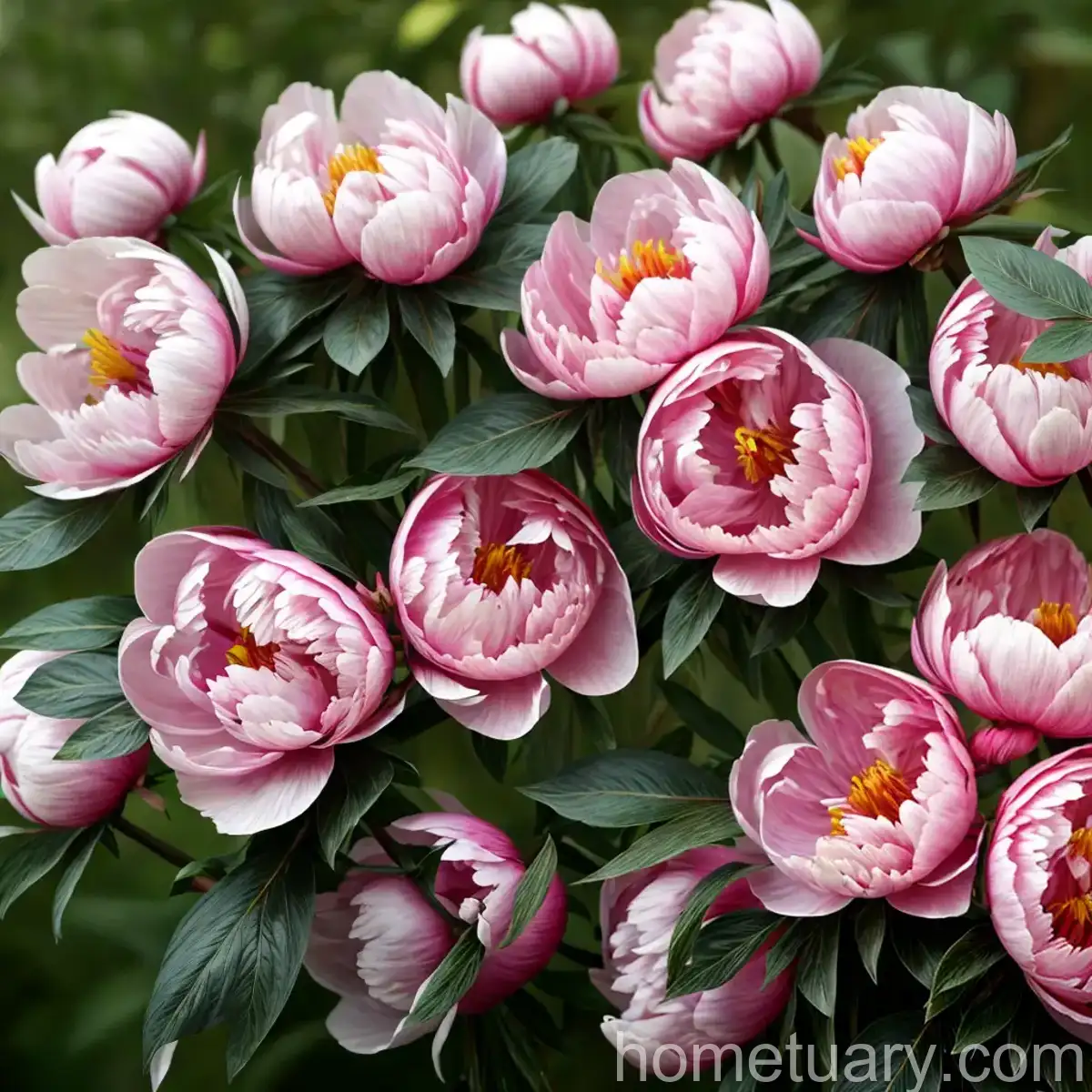Japanese Flowering Cherry (Prunus serrulata)
The Japanese flowering cherry (Prunus serrulata) is a stunning ornamental tree known for its beautiful cherry blossoms, also called sakura in Japan. This iconic tree has been revered in Japanese culture for centuries and is celebrated during the annual cherry blossom festival. In this comprehensive guide, we will delve into the cultural significance, care, and maintenance of the Japanese flowering cherry, covering everything from planting and propagation to common diseases and pests.
What is Plant
The Japanese flowering cherry, scientifically known as Prunus serrulata, is a deciduous tree native to East Asia, including Japan, Korea, and China. It belongs to the Rosaceae family and is renowned for its exquisite spring blossoms. The tree typically reaches a height of 20 to 40 feet, with a spread of 15 to 25 feet, creating a captivating display of pink or white blossoms in early spring. The leaves are simple, serrated, and oval-shaped, adding to the tree’s aesthetic appeal even after the flowers have faded.
Key Takeaways – Japanese Flowering Cherry (Prunus serrulata)
Before we delve into the specifics of caring for the Japanese flowering cherry, here are some key takeaways about this iconic tree:
- Cherry Blossom Tree: The Japanese flowering cherry is celebrated for its beautiful and fleeting cherry blossoms, which symbolize the ephemeral nature of life in Japanese culture.
- Prunus serrulata: This is the scientific name of the Japanese flowering cherry and is commonly used in botanical references.
- Sakura Tree: In Japanese, the term “sakura” specifically refers to the cherry blossom tree.
- Cherry Blossom Viewing: Known as hanami in Japan, it is a centuries-old tradition where people gather to appreciate the beauty of cherry blossoms.
- Ornamental Cherry Tree: Prized for its aesthetic appeal, the Japanese flowering cherry is widely planted as an ornamental tree in gardens and public spaces.
- Cherry Blossom Symbolism: In Japanese culture, cherry blossoms symbolize the transience of life, renewal, and the ephemeral nature of beauty.
- Cherry Tree Cultivation: Cultivating and caring for Japanese flowering cherry trees requires attention to specific cultural practices.
- Prunus serrulata Care: Understanding the tree’s water, sunlight, fertilizer, soil, and pruning needs is crucial for its well-being.
- Cherry Blossom Festival: The annual cherry blossom festival, or hanami, is a prominent cultural event in Japan, marking the arrival of spring.
- Japanese Garden Cherry Trees: Japanese gardens often feature carefully curated Japanese flowering cherry trees, enhancing the overall aesthetic and cultural significance of these spaces.
Culture
Uses
The Japanese flowering cherry holds an esteemed position in Japanese culture, where it is revered for its delicate blossoms and rich symbolism. The captivating beauty of cherry blossoms has inspired numerous forms of art, including painting, poetry, and music. Additionally, the practice of hanami, or cherry blossom viewing, has been an integral part of Japanese culture for centuries, bringing people together to appreciate the transient beauty of the blossoms and celebrate the arrival of spring.
Water
Proper watering is essential for the health and vigor of Japanese flowering cherry trees. These trees prefer moist, well-draining soil and should be watered deeply during dry periods, especially during the spring as they bloom. A layer of mulch around the base of the tree can help retain soil moisture and regulate temperature, promoting optimal growth and blooming.
Sunlight
Japanese flowering cherry trees thrive in full sunlight, requiring at least six to eight hours of direct sunlight daily. Adequate sunlight exposure is crucial for promoting healthy growth, robust blossoms, and vibrant foliage. Planting the tree in a location with ample sunlight and good air circulation will prevent diseases and ensure optimal flowering.
Fertilizer
Fertilization is important for providing the necessary nutrients for the tree’s growth, blooming, and overall health. A balanced, slow-release fertilizer applied in early spring can support the tree’s vigor and blossom production. It’s important to follow the manufacturer’s recommendations and avoid over-fertilization, as excessive nitrogen can lead to lush foliage at the expense of blossoms.
Soil
Well-drained, slightly acidic soil is ideal for Japanese flowering cherry trees. Sandy loam or loamy soils with a pH range of 6.0 to 6.5 provide the best growing conditions for these trees. Incorporating organic matter into the soil during planting and mulching the base of the tree can help maintain soil moisture and improve soil structure.
Pruning
Pruning is essential for maintaining the health, shape, and aesthetic appeal of Japanese flowering cherry trees. Regular pruning, preferably during the dormant season, can remove dead or diseased branches, improve air circulation, and shape the tree. Care should be taken to avoid heavy pruning during the growing season, as it can reduce the following year’s blossoms.
Propagation
The propagation of Japanese flowering cherry trees can be achieved through several methods, including seed propagation, softwood cuttings, and grafting. While seed propagation is possible, it can result in variability in the characteristics of the offspring. Grafting, particularly onto compatible rootstocks, is a common method used to propagate specific cultivars with desirable traits.
Container Popularity
Japanese flowering cherry trees can be grown in containers, allowing gardeners with limited space to enjoy their exquisite blossoms. When grown in containers, it’s important to select a large, sturdy pot with adequate drainage to accommodate the tree’s root system. Proper care and regular maintenance, including watering and fertilization, are crucial for the health and vitality of cherry trees grown in containers.
Common Diseases
Japanese flowering cherry trees may be susceptible to certain diseases that can affect their overall health and blossoming. Common diseases that can impact these trees include:
- Brown Rot: This fungal disease attacks the blossoms, causing them to turn brown and decay. It can also affect the leaves and young shoots, leading to dieback.
- Leaf Spot: Leaf spot diseases can cause unsightly spots or lesions on the foliage, affecting the tree’s overall appearance.
- Powdery Mildew: Powdery mildew can appear as a white, powdery growth on the leaves, compromising the tree’s health and aesthetics.
- Canker Diseases: Canker diseases can result in the formation of sunken lesions on branches and trunks, potentially leading to dieback.
Disease Diagnosis
Prompt diagnosis and intervention are crucial in managing and mitigating potential diseases in Japanese flowering cherry trees. Regular monitoring for symptoms such as leaf spots, abnormal growths, or discoloration can aid in early detection. If disease symptoms are observed, it’s advisable to consult with a plant health specialist or arborist to determine the appropriate course of action for treatment.
Common Pests
While Japanese flowering cherry trees are relatively resistant to pests, they may still be vulnerable to certain insect infestations. Common pests that can affect these trees include:
- Aphids: These small, sap-feeding insects can cluster on the new growth, causing damage and distortion to the leaves and shoots.
- Scale Insects: Scale insects can attach themselves to the branches and trunks, draining the tree’s sap and weakening its overall health.
- Caterpillars: Certain caterpillar species may feed on the foliage, leading to defoliation and reduced vitality in the tree.
Botanist’s Tips
To ensure the optimal health and beauty of your Japanese flowering cherry tree, consider the following tips and best practices:
- Regular Inspection: Routinely inspect your cherry tree for signs of disease, pests, or any other issues that may affect its well-being.
- Pruning: Practice regular, minimal pruning to maintain the tree’s shape and remove dead or diseased branches, promoting healthy growth and blooming.
Fun Facts
- The practice of hanami, or cherry blossom viewing, has been a cherished tradition in Japan for over a thousand years, dating back to the Nara period (710–794).
- It is a common misconception that all cherry blossoms are pink; however, there are numerous cultivars that produce white or even yellow blossoms.
- The fleeting nature of cherry blossoms is deeply ingrained in Japanese culture, symbolizing the transient beauty of life and the appreciation of the present moment.
Links to External Resources
For additional information on the Japanese flowering cherry, its cultural significance, and care practices, consider exploring the following external resources:
- The Symbolism of Cherry Blossoms in Japanese Art and Culture
- Growing Prunus serrulata in Home Gardens: Tips and Techniques
- Caring for Ornamental Cherry Trees: Best Practices and Maintenance
- Cherry Blossom Festivals Around the World: Celebrating the Beauty of Sakura
In conclusion, the Japanese flowering cherry (Prunus serrulata) stands as an enduring symbol of beauty, renewal, and the transient nature of life in Japanese culture. By understanding its cultural significance and adhering to best practices for care and maintenance, gardeners can nurture these iconic trees, fostering their exquisite blossoms and celebrating the profound symbolism they hold.





